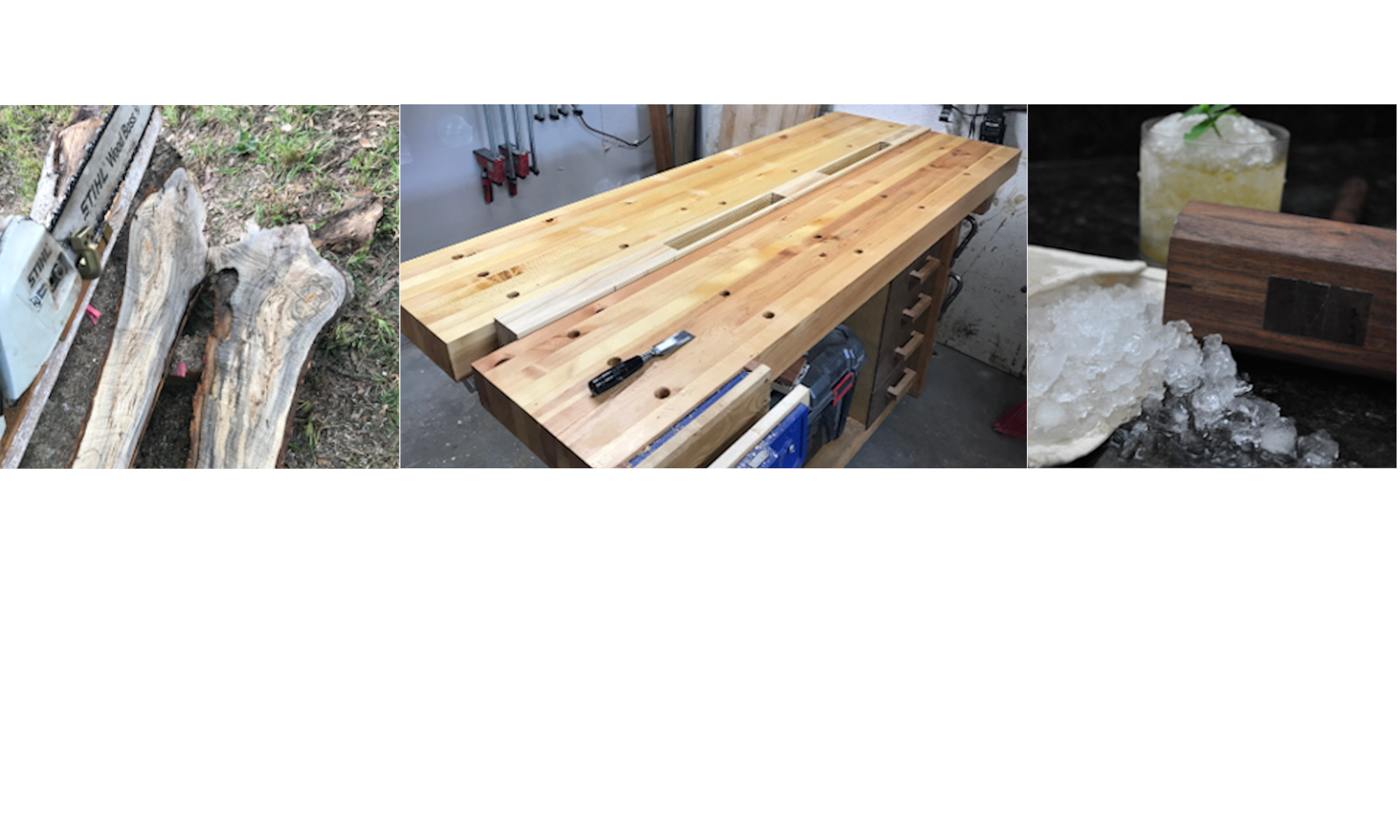Thwarts (a place to sit)
The interior of both grandys are being fit out, in a small boat like this one of the main interior components are the thwarts. In this type of boat, the thwarts will be used as seats when rowing. In the traditional boat the thwarts are supported by a longitudinal member called a thwart riser. The risers are a pair of oak stringers that run the length to the boat. Conversely, in the contemporary boat, brackets are fabricated from fiberglass. The front thwart in the traditional boat supports the mast, while the mast support in the contemporary boat will be higher. Aft seating in the traditional boat is accomplished with sternsheets, supported by the thwart riser and transom mounted cleats. The contemporary boat simply has another thwart in the aft section of the boat. The thwarts for the contemporary boat are made from a sandwich of wood veneer, fiberglass, and foam while the traditional thwarts are solid western red cedar. The contemporary thwarts will only require the fiberglass brackets for support, in comparison, the traditional boats have additional support from thwart knees. The thwart shape for both boats is determined by patterning the top of the thwart using a spiling block of the appropriate thickness and measuring the bevel along the hull. We expect this hull design to be tender, as such, it is likely that one will sit on the floor when sailing. The contemporary boat gets another sand along with a coat of primer. After which the breasthook, quarter knees, and gunwales can be installed. The traditional boat receives a set of WRC floor boards. One all of the components are dry fit they are removed and given a coat of oil varnish blend.







Each knee is has its own compound bevel to match the shape of the hull
Stern sheets in the aft are supported by the thwart riser and cleats attached to the transom
Floor boards were made from left over planking stock and attached with bronze screws










Thwarts are a lightweight foam, fiberglass and veneer composite


Meanwhile the components for the sailing rig are fabricated. Both boats will have a rudder based on the Sid Skiff design, with a slightly different pitch along the transom. The traditional rudder is made from solid Sapele with oak cheeks, while the contemporary is made from plywood. The tiller for both boats will be made from solid white oak. The rudder is attached to the transom using pintles and gudgeons, the traditional are bronze while the contemporary are made in the shop from fiberglass. The centerboard can be installed, the centerboard for boat boats is a sold piece of G10 (a commonly used sheet good of high strength and density), cut to the appropriate shape.



Prior to the writing we had the opportunity to do a soft launch of the traditional boat without any sailing gear. We took turns rowing it around the harbor, and i believe she rows well (keep in mind I limited rowing experience). She did develop a small leak in the bow between the garboard plank and the rabbet. We repaired this with the same polyurethane adhesive we used to bed all the planking.




There was a small leak in the bow between the apron and the garboard plank which was repaired with polyurethane adhesive (the same compound used to bed all of the planks.)

OK, “thwart” checks out – had no idea. I’m loving the traditional so far.
Beautiful!!!
Great!
Your boat is pretty!